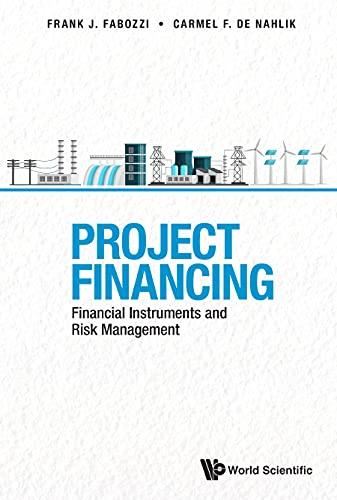Multiple Choice Questions. Circle the one answer that best completes the thought: 6. The Building Cost Room Rate Formula rule- of-thumb suggests that the hotel should charge one dollar in room rate for every $ in building construction costs per room: a. $100.00 b. $1,000.00 c. $10,000.00 d. $100,000.00 e. None of the above 7. Using the ideal room rate method, if your actual ADR is lower than the ideal room rate, this indicates: a. you do not have enough contrast (in quality, dcor, or amenities) to warrant the price difference between your low- and high-priced rooms b. your front desk is suffering from poor salesmanship c. your front desk is doing an excellent job up-selling rooms to guests d. both a and b are true. But c is false e. both a and c are true. But b is false 8. The Hubbart Room Rate Formula works quite well doing what it was designed for. However, there are some weaknesses inherent in the formula. Which of the following is generally considered a weakness of the Hubbart Room Rate Formula: a. The resulting rate is only a guess because the whole premise is built on assumptions or projections b. It puts the cart before the horse. With the Hubbart, you need to forecast occupancy before you calculate rate, but the number of rooms a hotel sells is partly a function of the rate it charges c. The burden of making-up profits (covering losses) from poorly operated departments falls to the rooms division who must charge enough to cover the losses from other areas d. The Hubbart Room Rate is just one number. Management still needs to decide how to manipulate that number over seasonal and room type rate variations 9. The lodging industry is against the proliferation of room taxes. Which of these reasons explains why? a. The lodging industry pays about twice the tax rate as most other industries b. Room taxes are essentially "taxation without representation" c. Higher room taxes make certain jurisdictions or communities less competitive for group rooms business d. Room tax rates have grown from 3 to 4 percent some 25-years ago to an average of almost 12 percent today e. All of the above are reasons why th= lodging industry is against the proliferation of room taxes 10. Which of the following lodging customer markets is generally inelastic with regard to price and extremely concerned with date? In other words, guests from this market type must stay in the hotel on a certain date and are willing to pay the price to do so: a. The leisure market b. The corporate market c. The tour group market d. The senior market e. none of the above 11. The greatest amount of revenue in a hotel normally comes from: a. food sales b. miscellaneous sales from other revenue outlets such as gift shops etc. c. rental of rooms d. beverage sales e. none of the above 12. Over the past several years hotel rates in Canada have generally increased: a. at a rate below the rate of inflation b. at a rate above the rate of inflation c. at a rate about the same as the rate of inflation d. hotel room rates have not increased at all e. hotel rates have only increased in new hotels 13. Property taxes as a percentage of hotel revenue are the highest in which of the following Canadian markets: a. Montreal b. Vancouver c. Calgary d. Toronto e. Edmonton 14. Which of the following rate programs is most common in today's hotels? a. Corporate Rate b. Seasonal Rate c. Weekly rate d. Senior's rate e. All of the above rate discounts are common at most of today's hotels || 15. Comp (complimentary) rooms are often given for which of the following reasons? a. To settle a guest complaint b. Other hoteliers c. Association executives considering the property as a possible meeting place d. Travel agents and travel writers on FAM trips e. All of the above may be considered for comp rooms Short Answer Question. Calculate an answer for either of the following two equations: 16. Based upon the following information, calculate the Hubbart Room Rate required assuming a 70% annual occupancy rate: A given hotel has 150 rooms. Operating expenses run about $910,650 annually. Depreciation is scheduled at $445,500 per year. Additional costs (taxes, insurance, etc.) are expected to be about $126,950 for the year. The owners require a reasonable return of $750,000 per year for their investment. Net income from other operated departments is projected to be $400,000 annually. 17. Based upon the following information, calculate the ideal room rate: The hotel has 150 rooms (75 kings at $75 single and $85 double, 50 deluxe kings at $100 single and $120 double, and 25 mini-suites at $140 single and $160 double). Double occupancy is projected at 10% for kings, 20% for deluxe kings, and 50% for mini- suites. ||












